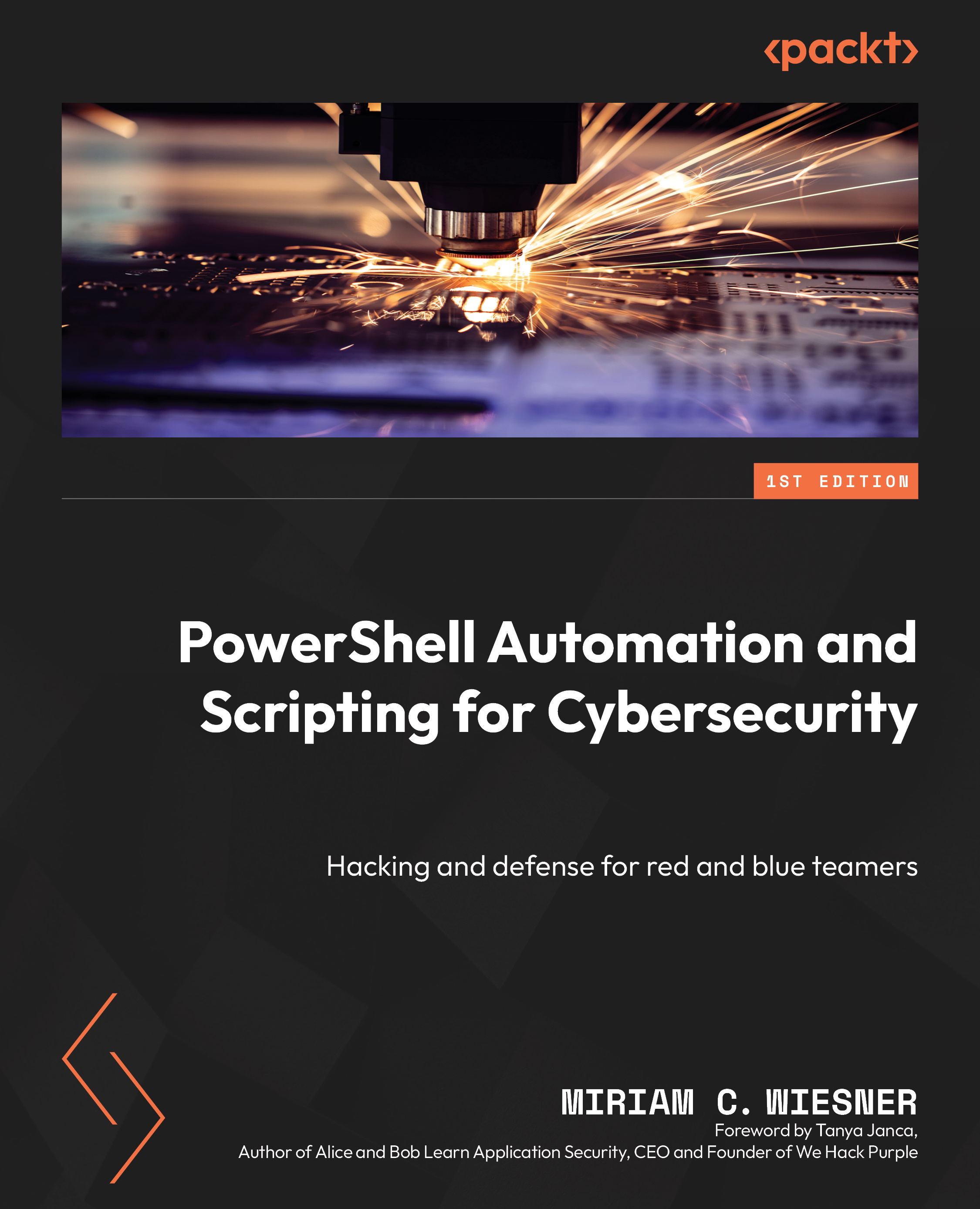Summary
In this chapter, we explored how PowerShell provides access to various system and API resources such as the Windows Registry, Windows API (including COM and .NET Framework), and WMI. We also learned how to run PowerShell without the use of the powershell.exe executable.
The chapter provided many examples that demonstrated how red teamers or adversaries can exploit these APIs and resources. It was also intended to help blue teamers to gain insights into adversary behavior and learn how to leverage PowerShell to monitor and detect suspicious behavior by leveraging CIM events.
By the end of the chapter, you should have gained a better understanding of how PowerShell can be used to interact with system resources and APIs, as well as how to leverage it for both offensive and defensive purposes.
When we are talking about PowerShell security, authentication and identities play an important role. Let’s have a look at Active Directory security from a PowerShell perspective...
































































